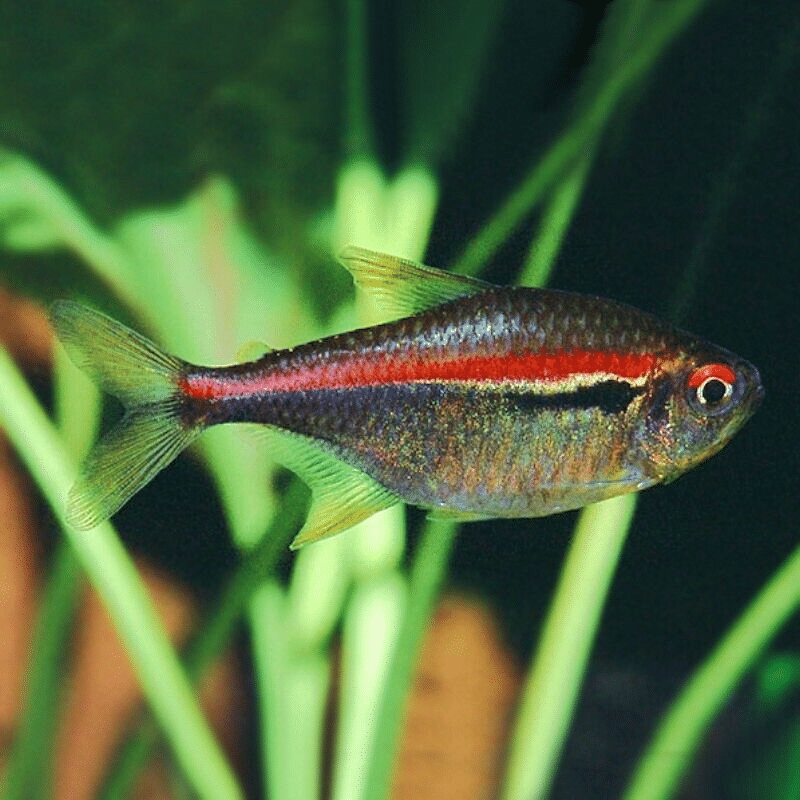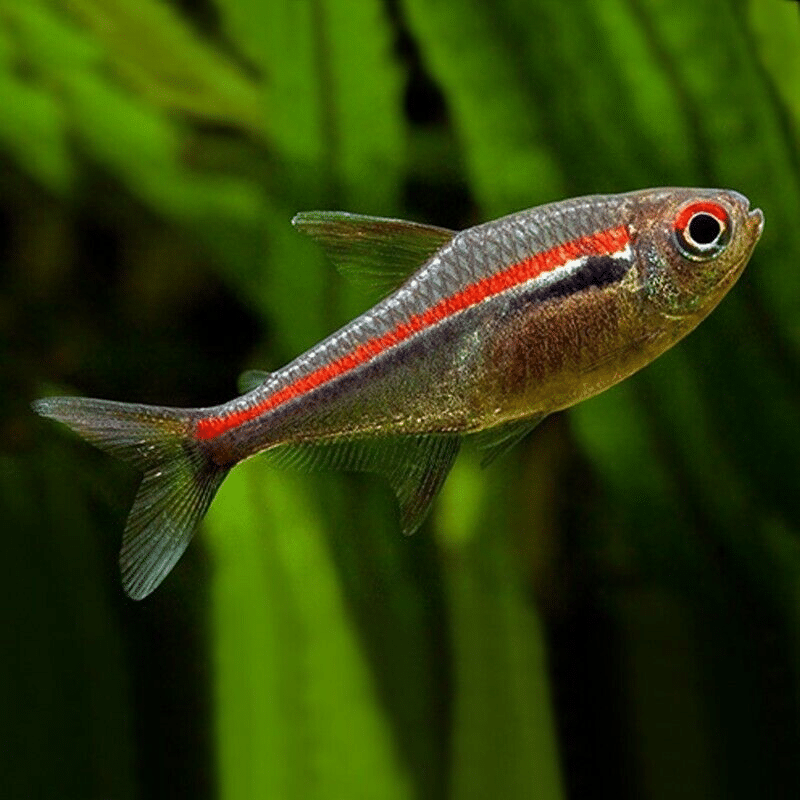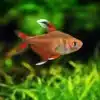To provide the best experiences, we use technologies like cookies to store and/or access device information. Consenting to these technologies will allow us to process data such as browsing behaviour or unique IDs on this site. Not consenting or withdrawing consent, may adversely affect certain features and functions.
The technical storage or access is strictly necessary for the legitimate purpose of enabling the use of a specific service explicitly requested by the subscriber or user, or for the sole purpose of carrying out the transmission of a communication over an electronic communications network.
The technical storage or access is necessary for the legitimate purpose of storing preferences that are not requested by the subscriber or user.
The technical storage or access that is used exclusively for statistical purposes.
The technical storage or access that is used exclusively for anonymous statistical purposes. Without a subpoena, voluntary compliance on the part of your Internet Service Provider, or additional records from a third party, information stored or retrieved for this purpose alone cannot usually be used to identify you.
The technical storage or access is required to create user profiles to send advertising, or to track the user on a website or across several websites for similar marketing purposes.
Golden Eyes Vampire Crab - Geosesarma Sp. - Decapod Crustacean 1 × £8.71

 Golden Eyes Vampire Crab - Geosesarma Sp. - Decapod Crustacean
Golden Eyes Vampire Crab - Geosesarma Sp. - Decapod Crustacean 















Laura Green (verified owner) –
I recently added Red-Line Tetras to my aquarium, and I’m absolutely thrilled with how they’ve transformed my tank! These vibrant little fish are not only stunning to look at with their beautiful red lines and shimmering scales, but they also bring a delightful energy to my community tank. After about two months of having them, I can confidently say they thrive in a well-planted aquarium, darting around and showcasing their playful behavior.
Compared to other tetras I’ve kept, like the neon tetra, the Red-Line Tetras have a more striking appearance and are quite a bit hardier, which makes them perfect for both beginners and seasoned aquarists alike. I particularly love watching them interact with each other, and their peaceful nature makes them ideal companions for my bettas and guppies.
Just a tip: I’d recommend ensuring your tank has plenty of hiding spots and vegetation to make them feel secure. Overall, I wholeheartedly recommend these beauties to anyone looking to add some liveliness to their setup. You won’t be disappointed!
Emily Carter (verified owner) –
I recently added a school of these vibrant Red-Line Tetras (Hyphessobrycon Amapaensis) to my aquarium, and I couldn’t be happier! After about two weeks of observation, they have truly transformed my aquatic landscape. Their shimmering colors bring a lively energy to the tank and they swim gracefully, creating a delightful spectacle.
These tropical fish are not only beautiful but also quite hardy, adapting well to tank conditions. I’ve noticed they thrive in a planted environment with gentle currents, which helps mimic their natural South American habitat. I previously kept other neon tetras, but I find the Red-Line Tetras are much more active and social, really enhancing the community feel of my aquarium.
It’s important to note that while they are generally peaceful, they do prefer to be in groups, so I recommend getting at least six of them. The shipping was quick and everything arrived in perfect condition, showcasing how well they were cared for prior to arrival.
If you’re a fellow aquarium enthusiast looking to add some beauty and liveliness to your setup, I wholeheartedly recommend these tetras! They’re perfect for both beginners and seasoned hobbyists. Just make sure to provide them with a loving environment, and you’ll be rewarded with their vibrant presence for years to come!